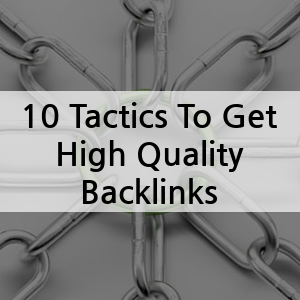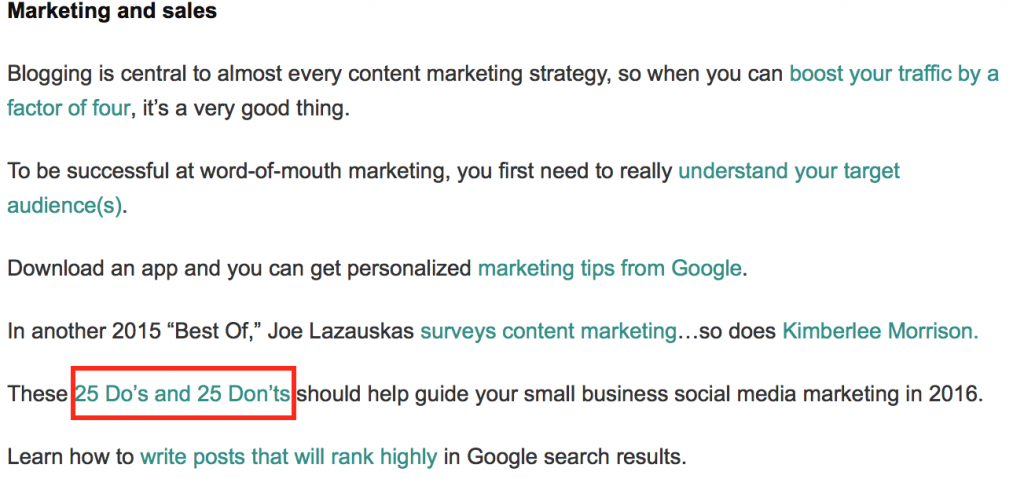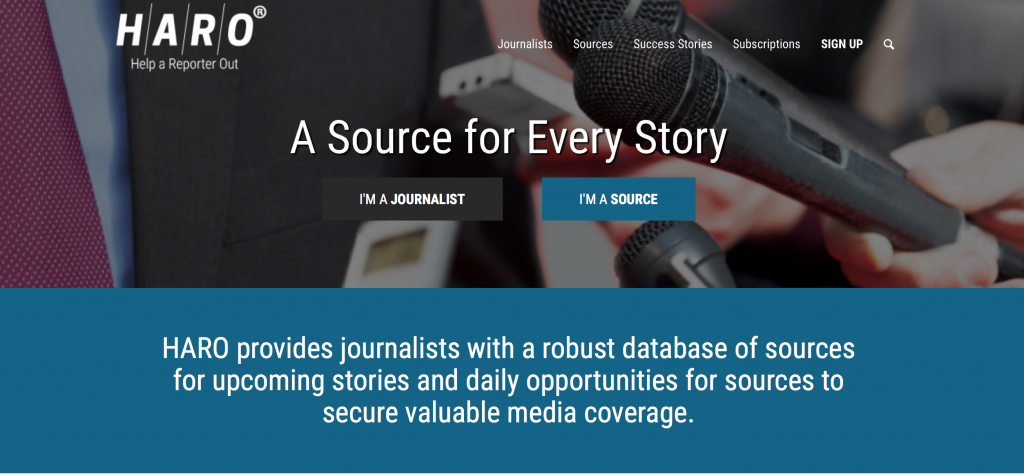Pokemon GO surged Nintendo’s business, and it has the potential to grow your local business too. Local business owners are already using the app in interesting ways to attract new customers.
As an outsider looking in, I analyze how businesses can use Pokemon GO to increase their revenue.
If you enjoy the video, please don’t forget to subscribe to my YouTube channel.
[Tweet “How To Use Pokemon GO For Your Business.”]





